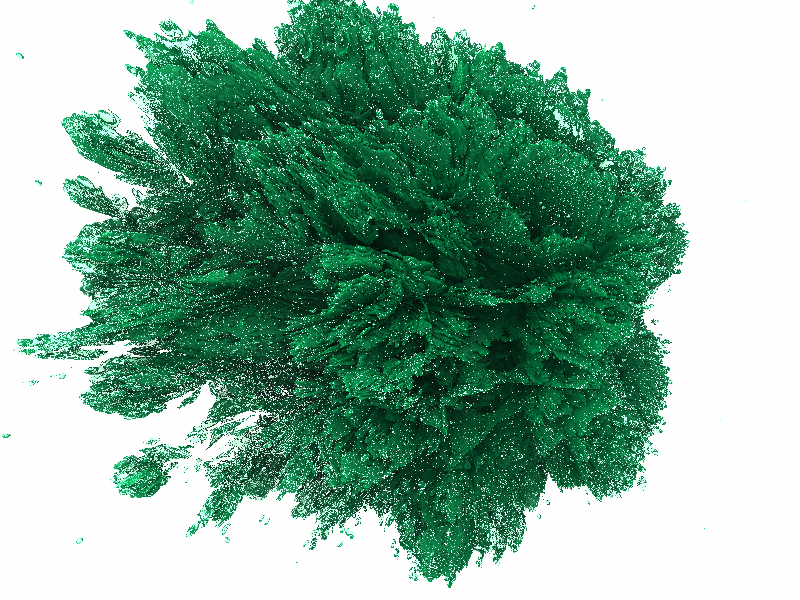
Mark Kernan
On Mark's contribution
Accelerating towards the Anthropocene: How 2025 transformed the future
On the 22nd of April 2025 the global temperature has risen to 1.5°C. How did we get there so quickly and how did we deal with it? Kernan looks back on all the mistakes and problems that lead to the climate tipping point much earlier than the community of scientist had expected. How could we have done things differently in attempting to address the ominous erosion of earth’s life-support system?
Mark Kernan presents his work on day 1 of T2051MCC. On this day it is assumed that global heating has surpassed 2°C.
Some background on Mark
University College Cork, Cork City, Ireland
My journey into academia has been an unfamiliar and unorthodox one. I have lived and worked in Dublin, London, Dubai, India, and I now live in Ireland again. I have had many jobs in my career: I have been a journalist for a Tibetan newspaper in northern India, a chef in Harrods, London, and in Dubai, in the early 2000s, and I once spent a summer in a monastery in France helping monks to build coffins which taught some interesting lessons about death. My carbon foot print is too high. In 2009 I came back home to Ireland and studied for a degree in international development.
In 2014 I completed a master’s degree in international human rights law. As a result of this change of direction, I now teach climate change and sustainability to undergraduates, adults, and professionals in a variety of degree courses, diplomas, workshops and seminars. Now, in 2021, there is nothing more important than struggling with the reality of global warming, whether by teaching, telling stories, or even by shouting out loud occasionally.
I am now a lecturer, a writer (Open Democracy, The Ecologist, Global Policy Journal), researcher; and a father, the last one being the most important.
Find out more on Twitter @mark_kernan.


